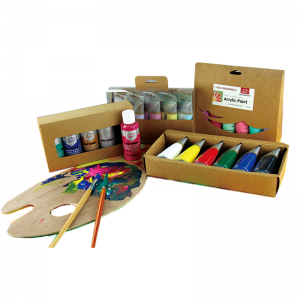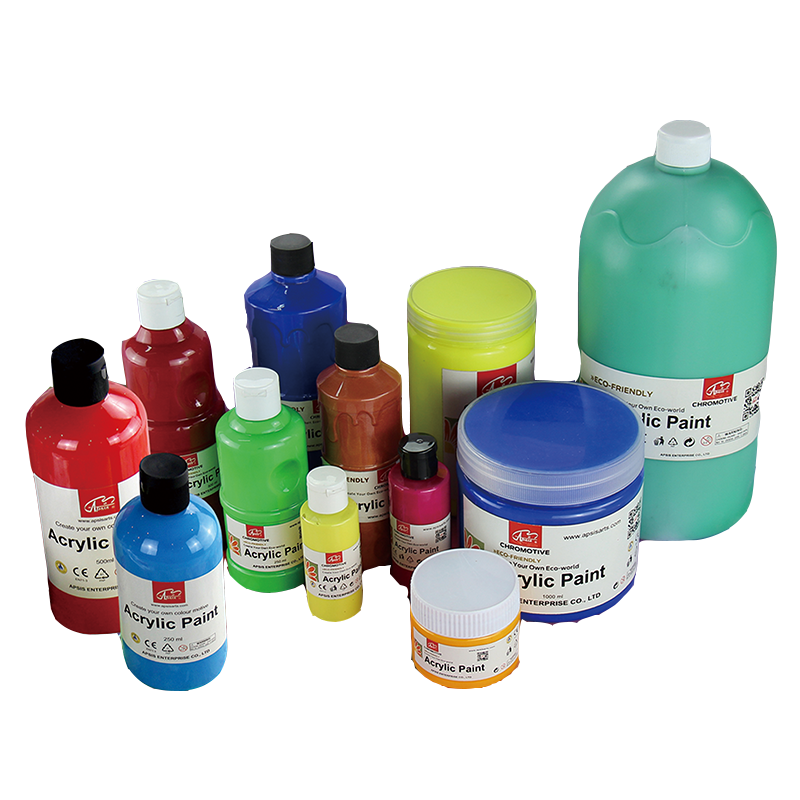What is the difference between watercolor and acrylic color?
Acrylic paint is a paint commonly used by artists because of its various advantages over other types of paint. Its unique properties make it ideal for a wide range of applications and creative projects. One of the most frequently asked questions by art lovers is the difference between acrylic paint and watercolor painting. In this article, we will explore this topic in detail.
Acrylic and watercolor are two common painting mediums preferred by artists. Watercolors are known for their transparency and delicate tones, while acrylics are known for their vibrant colors and versatility. Both mediums have their own unique properties and differ in how they are applied and the end result.
Watercolors are made by mixing pigments with a binder and water. The pigment particles of watercolor are very small and have a certain degree of transparency. The end result of watercolor painting is a delicate and ethereal palette, perfect for delicate compositions and soft effects. Acrylics, on the other hand, are made by suspending pigments in a polymer emulsion. This results in a thicker and more opaque paint, perfect for creating bold and vibrant compositions.
Acrylics tend to be brighter than watercolors due to the way they are usually applied. The application process of acrylic paint can range from thin washes to thick impasto. Acrylic can also be diluted to a clear or translucent consistency, but the finish has a milky finish compared to the clean transparency of watercolor. For opacity, they are very similar to oil paint. This makes acrylics ideal for artists looking to create bold and eye-catching artwork.
One of the main advantages of acrylics over watercolors is their quick drying time. Acrylic dries much faster than watercolor, which means artists can create multiple layers in less time. It also means there's no need to wait for the paint to dry completely to cover up mistakes. Acrylics are also less prone to bleeding and other accidents that can happen when working with watercolors.
Another advantage of acrylics is their durability and resistance to fading. Unlike watercolors, acrylic paintings do not require fixatives or varnishes for protection. This makes them ideal for outdoor art installations or murals that are affected by weather conditions.
While both acrylic and watercolor paints have their own unique benefits, acrylic paints tend to be brighter and more versatile than watercolors. They are perfect for artists who want to create bold and eye-catching compositions. While watercolors are known for their detail and transparency, they require more time and patience to use effectively. If you're looking for a versatile paint that dries quickly and lasts long, acrylics are definitely worth a try.
Post time: May-27-2023




